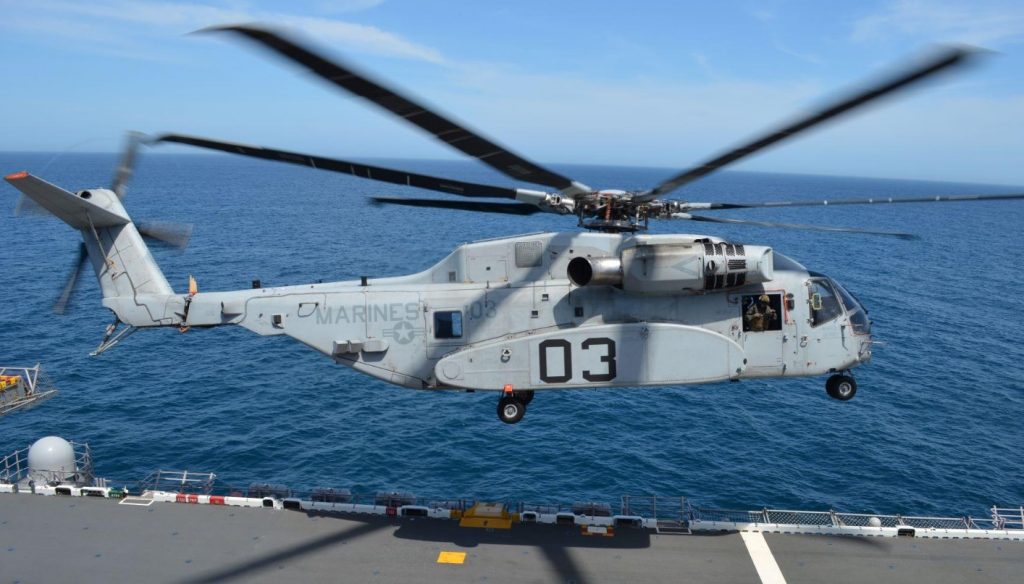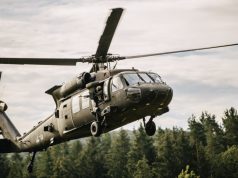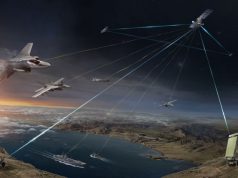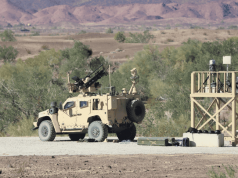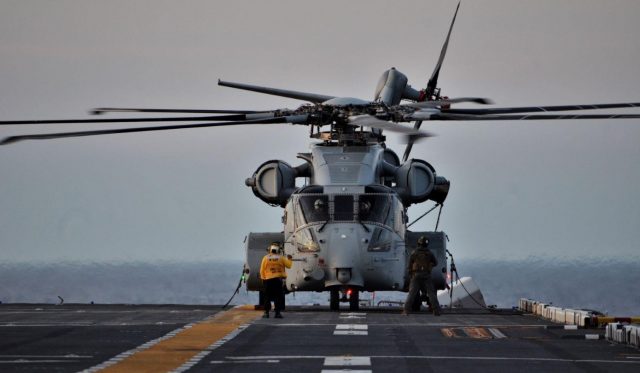
The US Marine Corps’ CH-53K King Stallion tested its sea legs recently, completing a two-week period of sea trials in the Atlantic earlier this month.
This was the first opportunity to see the aircraft working in a naval environment. Testing took place on the US Navy’s landing helicopter dock (LHD) amphibious assault ship USS Wasp.
“I’m very pleased with how the ship tests went,” said Col. Jack Perrin, H-53 helicopters program manager. “We were able to assess the K taking off and landing day, night, and with night vision goggles and it performed extremely well.”
According to the CH-53K integrated test team, the sea trials are a series of tests to evaluate the performance of the aircraft at sea. Tests performed during the two weeks included: launch and recovery; rotor start and shutdown; blade fold; and shipboard compatibility testing – all in increasing wind speed and varying wind directions relative to the aircraft.
“The bulk of the testing was in launch and recovery,” said Perrin, “and we nailed it every time, no matter what the wind/sea conditions were. The 53K is now a “feet-wet” warrior from the sea.”
Ship compatibility testing includes towing the aircraft around the deck and in the hangar, performing maintenance while aboard the ship, ensuring the aircraft fits in all the locations it needs to around the ship deck and hangar, and evaluating chain/tie-down procedures.
The CH-53K King Stallion is moving toward completion of developmental test, leading to initial operational test and evaluation in 2021 and first fleet deployment in 2023-2024.
The US Marine Corps intends to buy a total of 200 of the all-new heavy-lift helicopters that will expand the fleet’s ability to move more material more rapidly.
